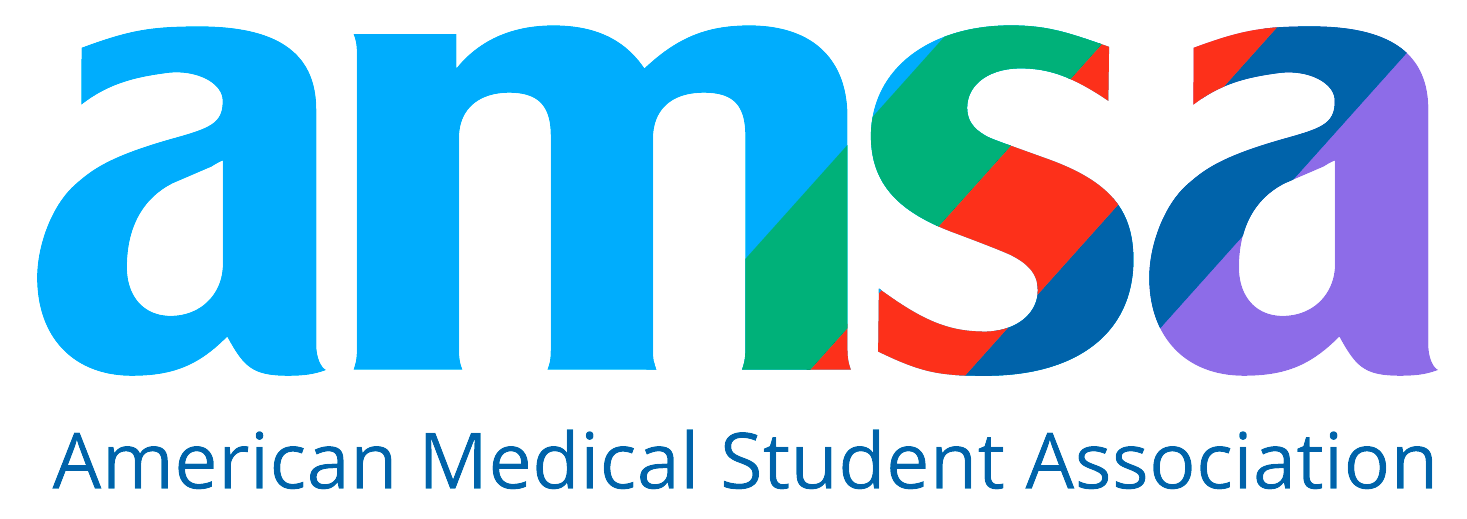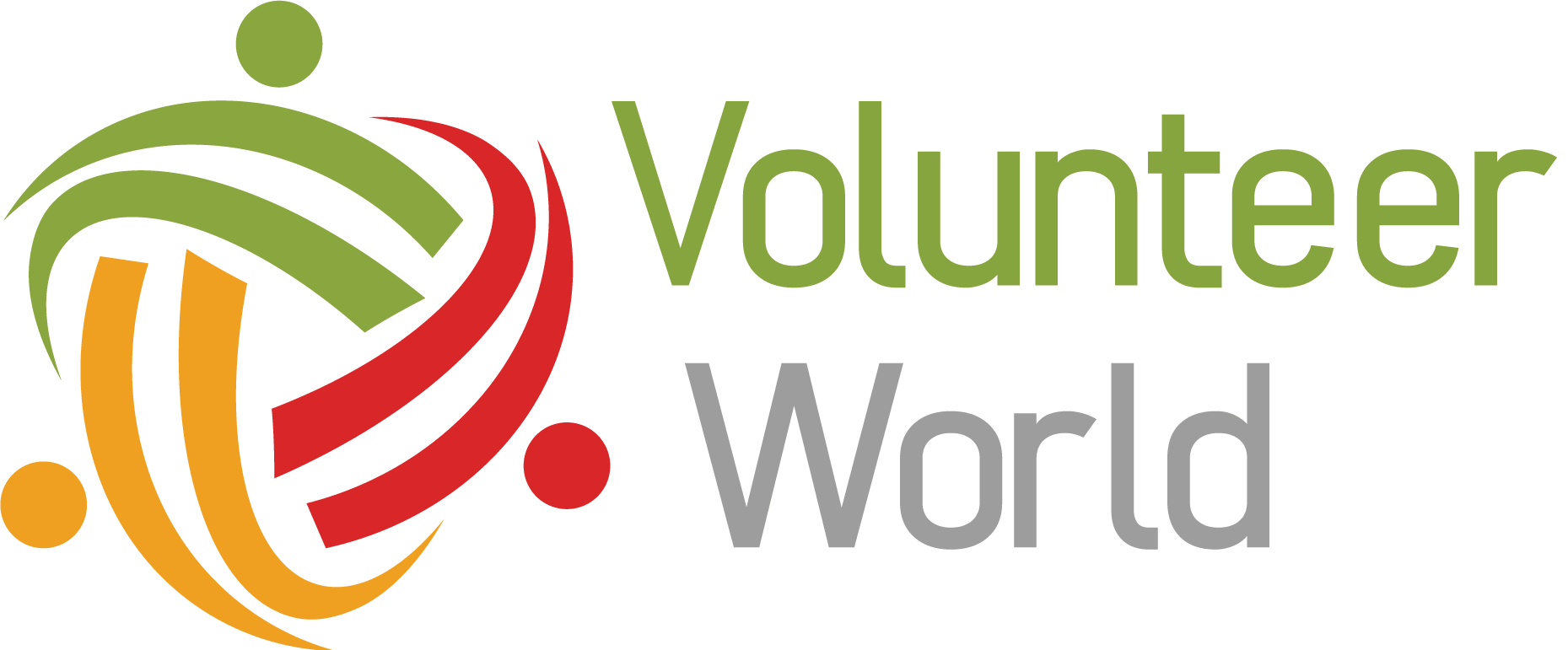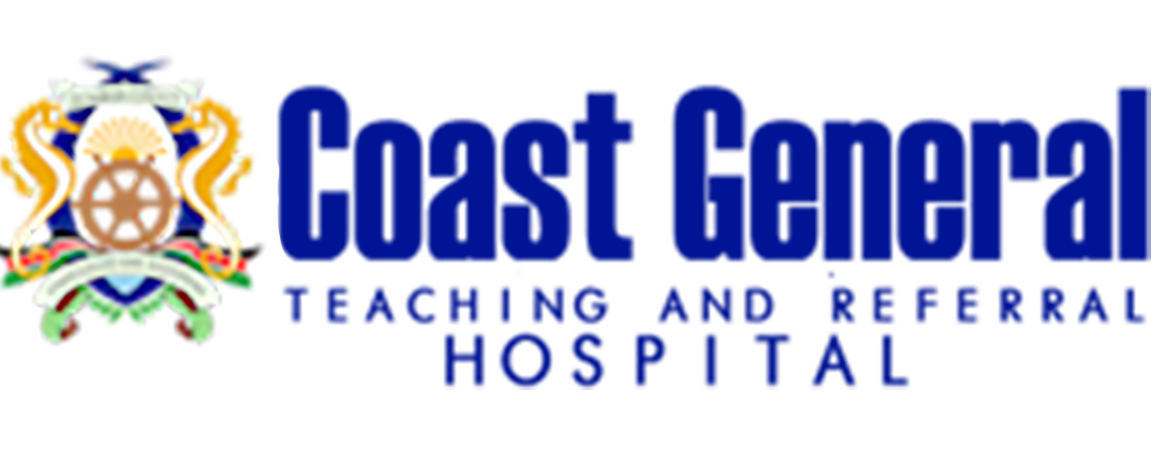Medical School Tuition and Costs in the U.S. and Canada in 2025
Go-Elective Abroad
Medical School Tuition and Costs in the U.S. and Canada in 2025
Medical school is a significant investment, often associated with high tuition fees, living expenses, and various hidden costs. Whether you're applying to medical school, DO schools, or considering healthcare internships abroad with programs like Go Elective, understanding these expenses helps you make informed decisions.
In this comprehensive guide, we'll cover:
- Medical school tuition costs in the U.S. and Canada for 2025
- Factors influencing the cost of medical education
- Strategies for managing and reducing expenses
- Practical tips for repaying medical school loans
- FAQs to help clarify medical school financing
Medical School Tuition in the U.S. (2025)
Tuition rates for medical schools continue to rise annually. For the 2025 academic year, the projected average tuition costs are:
- Public medical schools:
- In-state residents: Approximately $43,000
- Out-of-state residents: Around $60,500 annually
- Private medical schools: Approximately $63,500 annually, regardless of residency status
This means a four-year medical degree could cost about $172,000 at a public school (in-state) or over $250,000 at a private institution.
Medical School Tuition in Canada (2025)
Canadian medical schools typically offer more affordable tuition rates compared to their U.S. counterparts. The average annual medical school tuition for Canadian citizens and permanent residents in 2025 is projected as follows:
- Average tuition: Approximately $17,500 CAD
- Most expensive province (Ontario): About $28,000 CAD annually
International students generally pay higher fees, averaging around $30,000 CAD per year.
DO School Tuition Rates
Doctor of Osteopathic Medicine (DO) programs are becoming increasingly popular and competitive in the U.S., with tuition rates similar to MD programs. As of 2025, average annual tuition for DO schools is approximately:
- Public DO schools: $37,000 to $55,000 annually
- Private DO schools: $55,000 to $65,000 annually
Additional Costs Beyond Tuition
Medical school expenses extend beyond tuition, including:
- Housing and living expenses
- Transportation costs
- Medical textbooks and equipment
- Licensing exam fees (e.g., USMLE or COMLEX exams)
- Health insurance and miscellaneous university fees
Altogether, these costs can add up to an additional $20,000–$30,000 annually.
Strategies for Managing Medical School Expenses
Consider these practical strategies to keep medical school costs manageable:
- Apply for scholarships and grants early: Explore both merit-based and need-based aid available through individual schools and national programs.
- Consider affordable housing and budgeting: Use budgeting apps like Mint or YNAB to manage finances effectively.
- Choose affordable schools: Consider attending in-state public medical schools to reduce tuition costs significantly.
- Gain clinical experience abroad: Programs like Go Elective’s Medical Internships in Kenya and Tanzania offer affordable, enriching global healthcare experiences that strengthen your medical school application and broaden your clinical perspective.
Practical Tips for Repaying Medical School Loans
While student loans can feel daunting, careful planning can simplify repayment:
- Income-driven repayment plans: Federal loans offer flexible options based on your earnings post-residency.
- Public service loan forgiveness: Available if you choose to work for qualifying hospitals or non-profit health systems.
- Debt consolidation: Combine multiple loans to simplify repayment with a single monthly payment.
- Early repayment: Prioritize extra loan payments whenever possible to reduce total interest.
Frequently Asked Questions (FAQs)
-
How much is medical school tuition typically?
In the U.S., 2025 averages are around $43,000 (in-state) at public universities and $63,500 at private institutions per year. Canada averages about $17,500 CAD annually.
-
Are DO schools cheaper than MD schools?
Tuition rates for DO schools are similar to MD schools, but some public DO schools may offer slightly lower rates.
-
Is attending medical school worth the cost?
If medicine aligns deeply with your personal and professional goals, medical school is typically worth the investment. Healthcare careers offer stability, satisfaction, and the opportunity to make a significant impact.
-
What is the cheapest medical school option?
Typically, attending an in-state public medical school provides the lowest tuition costs. However, exploring scholarships and affordable housing can significantly reduce expenses at private institutions too.
-
How long does it take to pay off medical school loans?
Most doctors repay student loans within 10 to 15 years, though repayment length varies based on your specialty, income, and repayment strategy.
Final Thoughts
The cost of medical school in the U.S. and Canada can seem intimidating, but informed planning makes it manageable. Exploring affordable options, taking advantage of financial aid, and gaining cost-effective global clinical experience through organizations like Go Elective can substantially reduce the financial burden.
By strategically managing your finances and debt, you'll not only successfully navigate medical school expenses but also position yourself confidently toward a rewarding career in medicine.
Explore affordable global medical internships with Go Elective to enhance your application and gain invaluable healthcare experiences.
Article Details
Categories
Recent Articles , Pre-health, Medical Electives, Med Schools,
Author: Go-Elective Abroad
Date Published: Sep 7, 2025
Travel with us.
Inquire Today!
Go Elective offers immersive opportunities for medical students, pre-med undergraduates, residents, nursing practitioners, and PAs to gain guided invaluable experience in busy hospitals abroad. Discover the power of study, travel, and impact.






